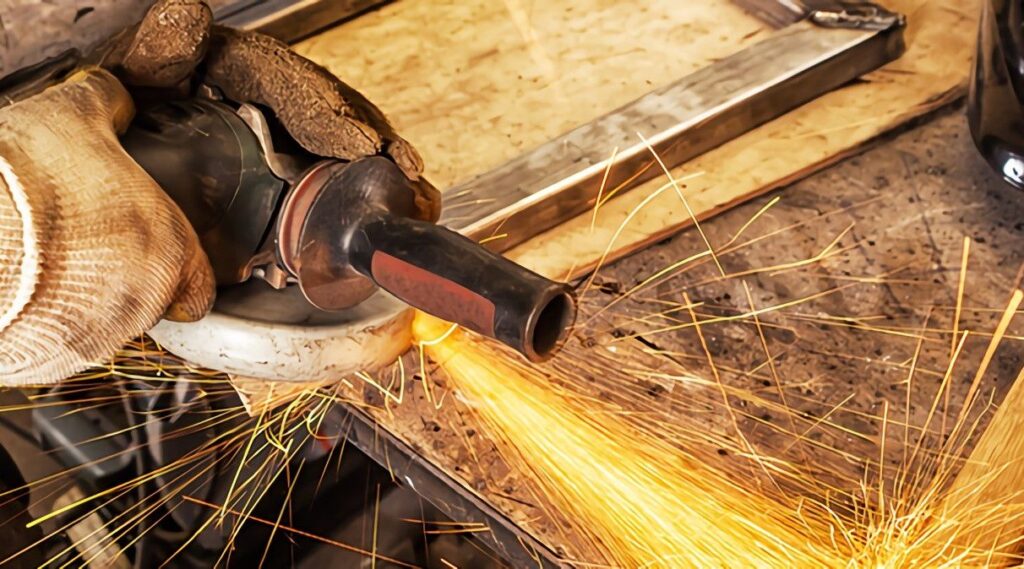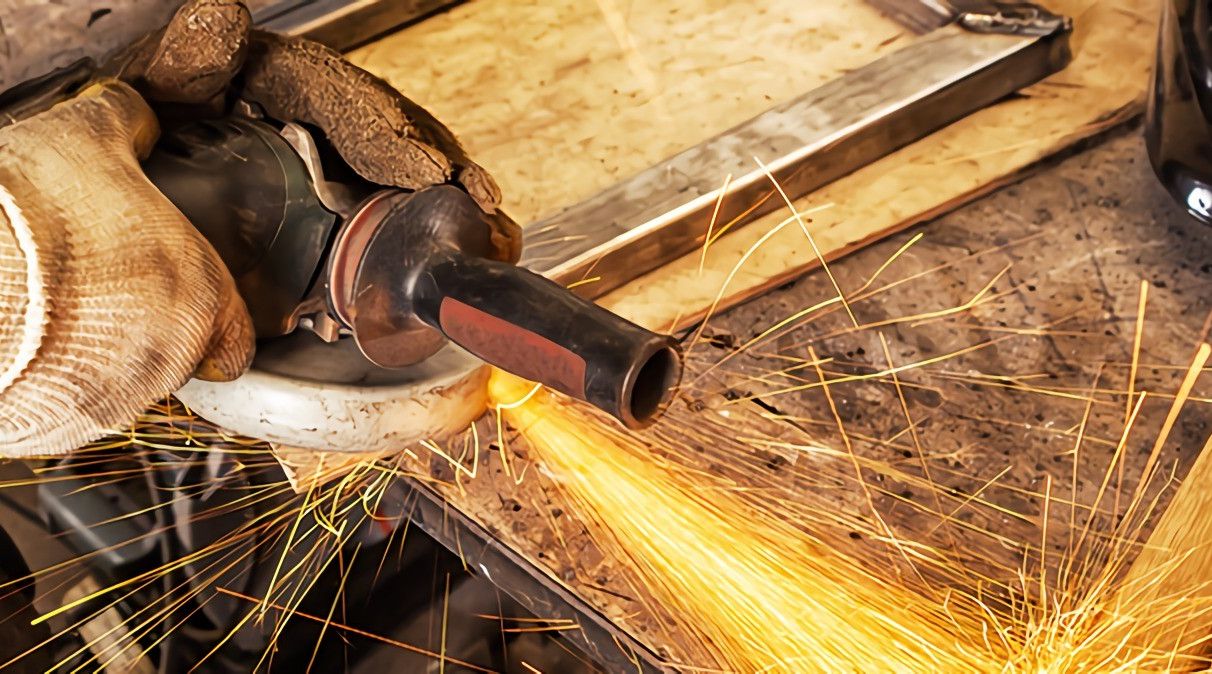In the realm of metal fabrication and construction, the angle grinder stands out as an indispensable tool for welding projects. A recent industry report highlights the escalating demand for power tools, with the angle grinder market experiencing robust growth.
This surge is attributed to the expanding construction sector, increased DIY projects, and the rising automotive repair and maintenance activities. Specifically, for welding tasks, the angle grinder is pivotal in cutting, grinding, and polishing metals, preparing surfaces for welding, and removing excess weld material or slag.
Classification and Working Principle of Angle Grinders
Angle grinders, essential for welding, are classified based on their power source, size, and disc type. The primary categories include:
- Corded Electric Angle Grinders: Offer powerful and consistent performance, ideal for heavy-duty welding tasks.
- Cordless Battery-Powered Angle Grinders: Provide portability and convenience, suitable for outdoor or remote welding jobs.
- Pneumatic Angle Grinders: Require an air compressor but are lightweight and ideal for precision work in welding.
The working principle of an angle grinder revolves around a high-speed rotating disc, powered by an electric motor, battery, or compressed air. The user can attach various discs or wheels to the grinder, depending on the specific task—cutting, grinding, or polishing metal surfaces before or after welding.

Operation Precautions
When utilizing an angle grinder for welding, it’s crucial to observe several safety precautions to prevent accidents and ensure effective operation:
- Wear Appropriate Safety Gear: Including gloves, eye protection, ear protection, and a dust mask.
- Inspect the Tool Before Use: Check the grinder and disc for damage or wear to avoid potential hazards.
- Use the Correct Disc: Match the disc or wheel to the material and task to prevent damage to the tool or workpiece.
- Secure the Workpiece: Ensure that the material being worked on is clamped or otherwise secured to prevent movement.
Conclusion
Identifying the best angle grinder for welding necessitates a balance between power, versatility, and safety features. Market trends indicate a growing preference for tools that offer a combination of portability and power, catering to both professional and hobbyist welders.
As advancements in battery technology and motor efficiency continue, the selection of angle grinders suitable for welding tasks expands, providing users with an array of options to suit their specific needs and preferences. Investing in the right angle grinder enhances the quality and efficiency of welding projects, reinforcing the tool’s value in the metal fabrication and construction industries.


